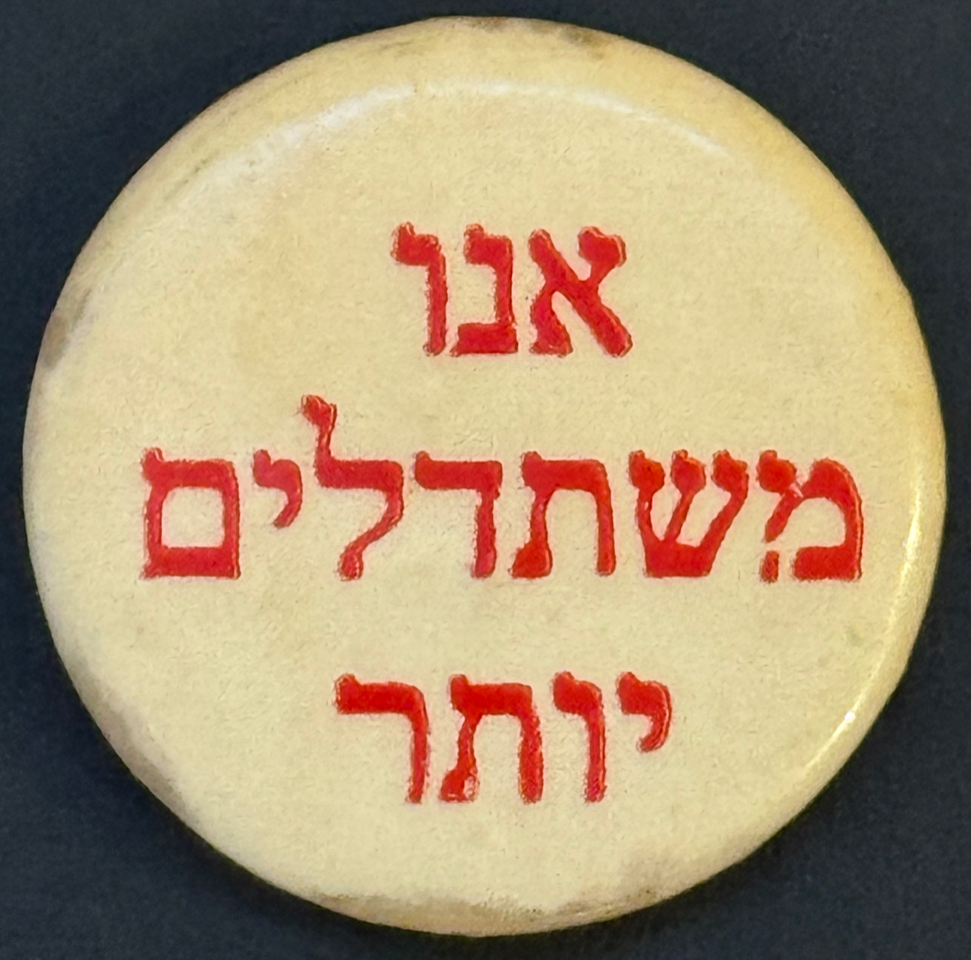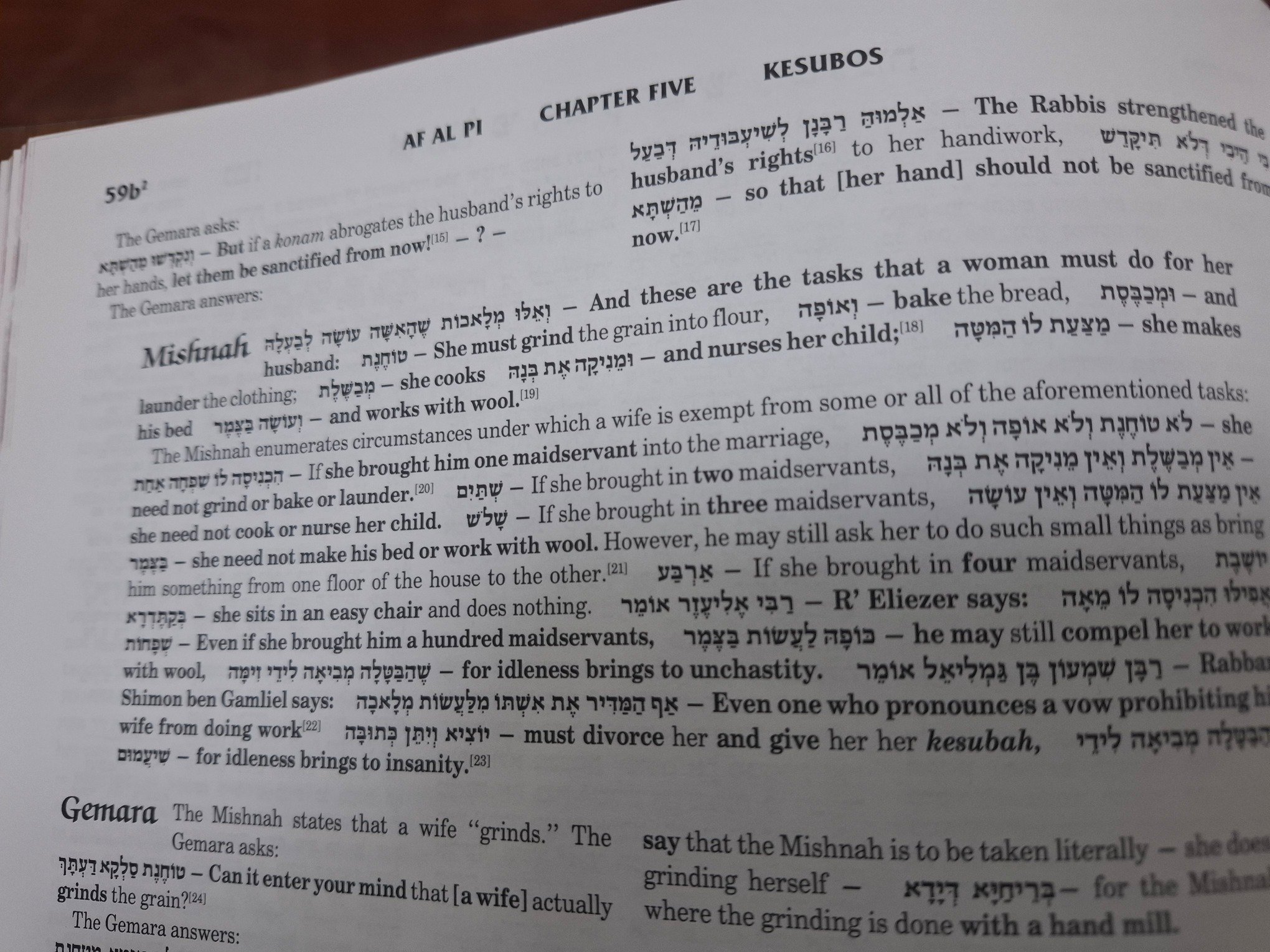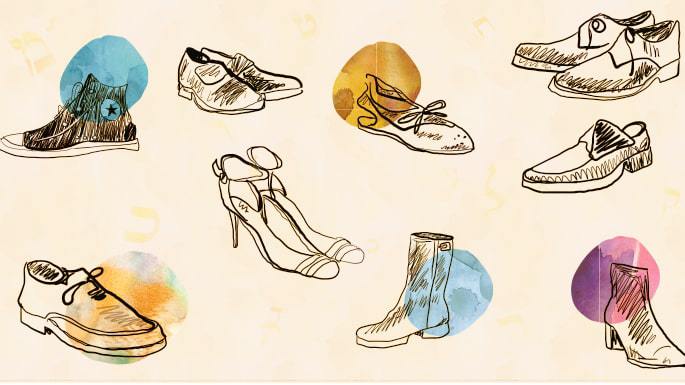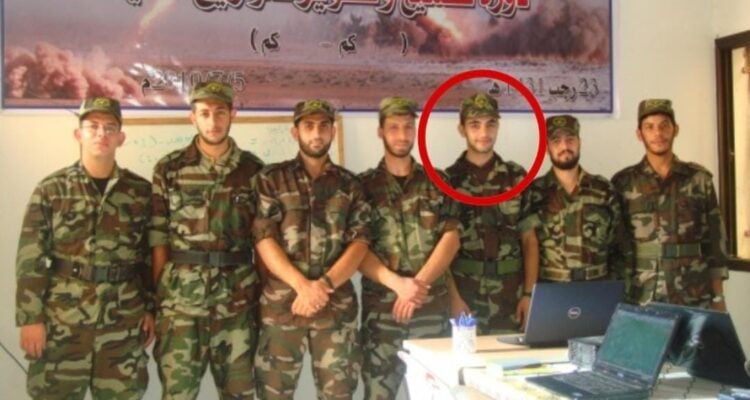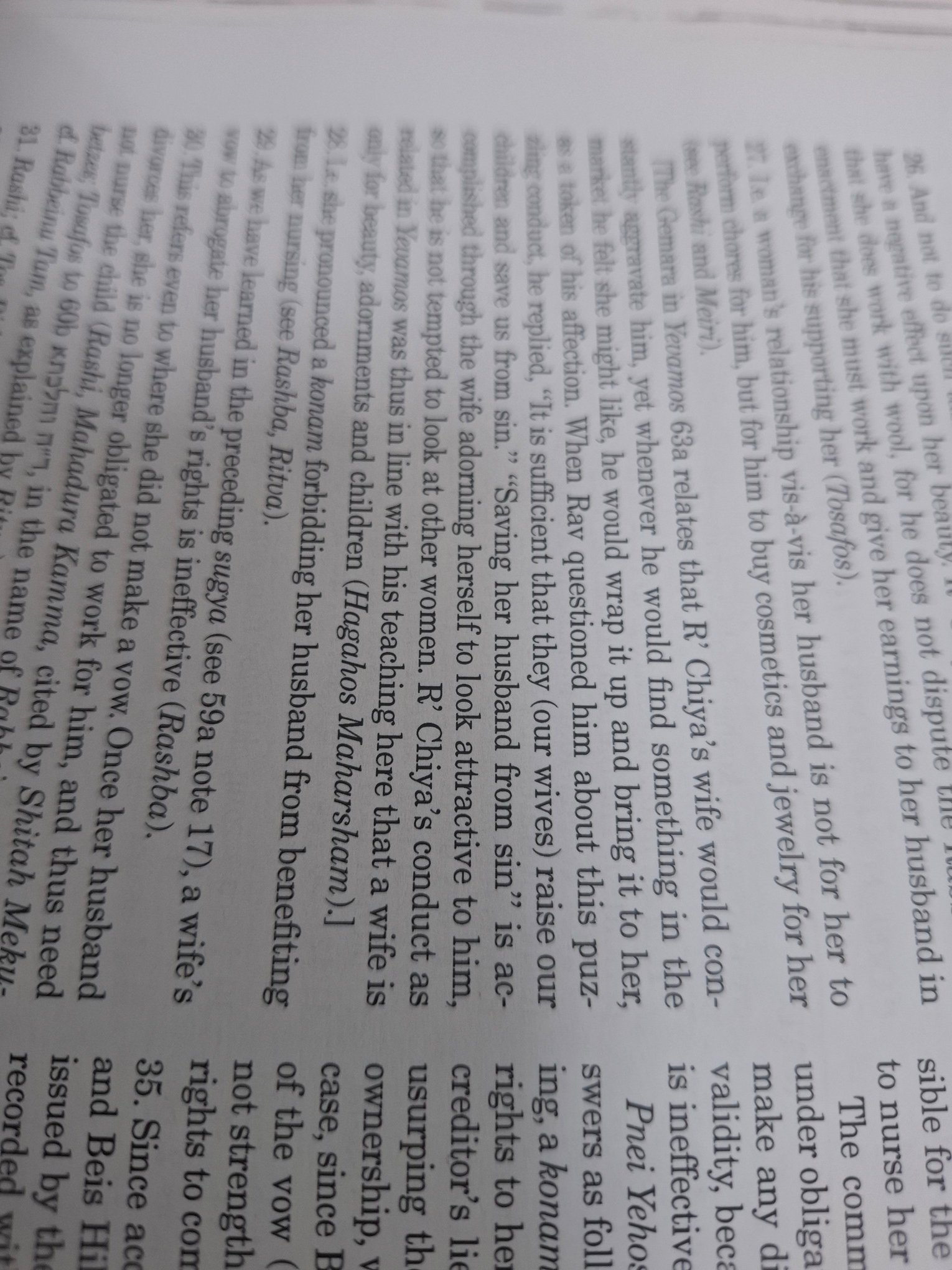| The Three are Rabbi Yehuda Glick, famous temple mount activist, and former Israel Mk, and then Robert Weinger, the world's greatest shofar blower and seller of Shofars, and myself after we had gone to the 12 gates of the Temple Mount in 2020 to blow the shofar to ask G-d to heal the world from the Pandemic. It was a highlight to my experience in living in Israel and I put it on my blog each day to remember. The articles that I include each day are those that I find interesting, so I feel you will find them interesting as well. I don't always agree with all the points of each article but found them interesting or important to share with you, my readers, and friends. It is cathartic for me to share my thoughts and frustrations with you about life in general and in Israel. As a Rabbi, I try to teach and share the Torah of the G-d of Israel as a modern Orthodox Rabbi. I never intend to offend anyone but sometimes people are offended and I apologize in advance for any mistakes. The most important psychological principle I have learned is that once someone's mind is made up, they don't want to be bothered with the facts, so, like Rabbi Akiva, I drip water (Torah is compared to water) on their made-up minds and hope that some of what I have share sinks in. Love Rabbi Yehuda Lave. | 



